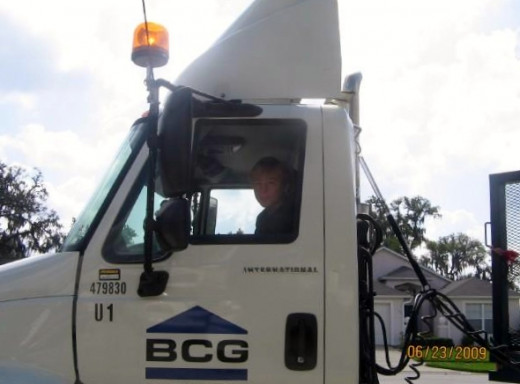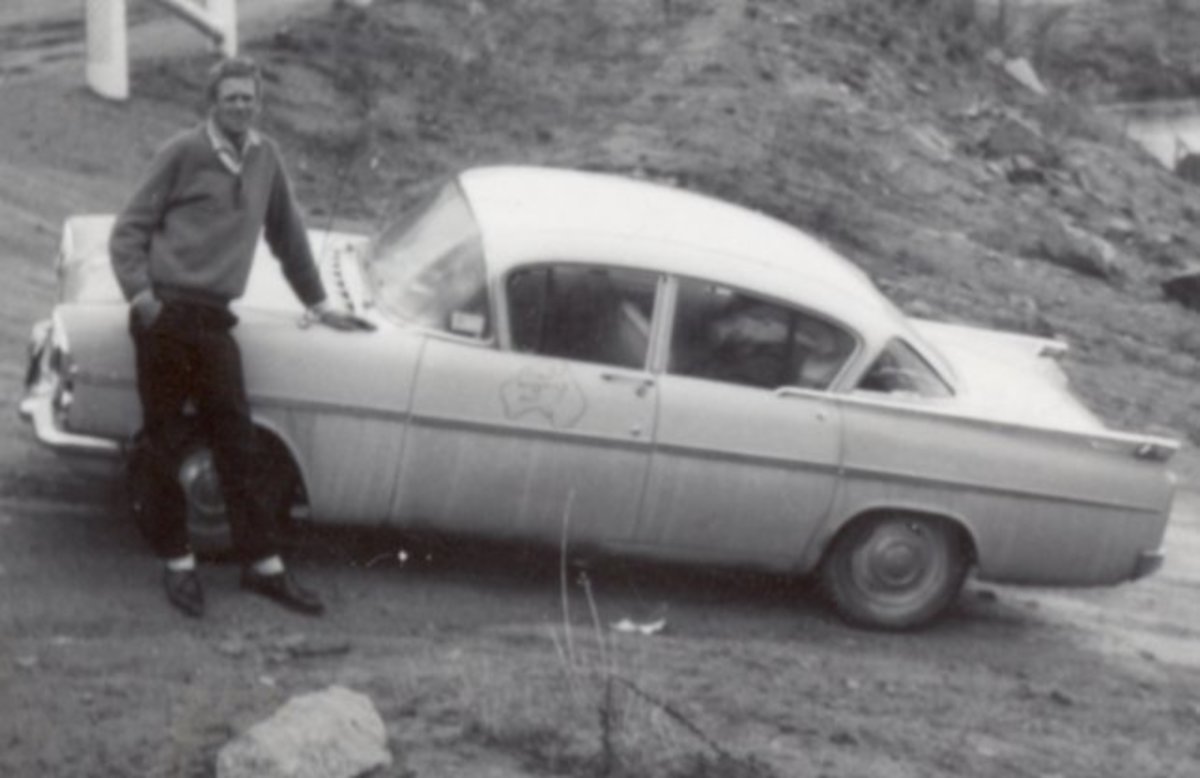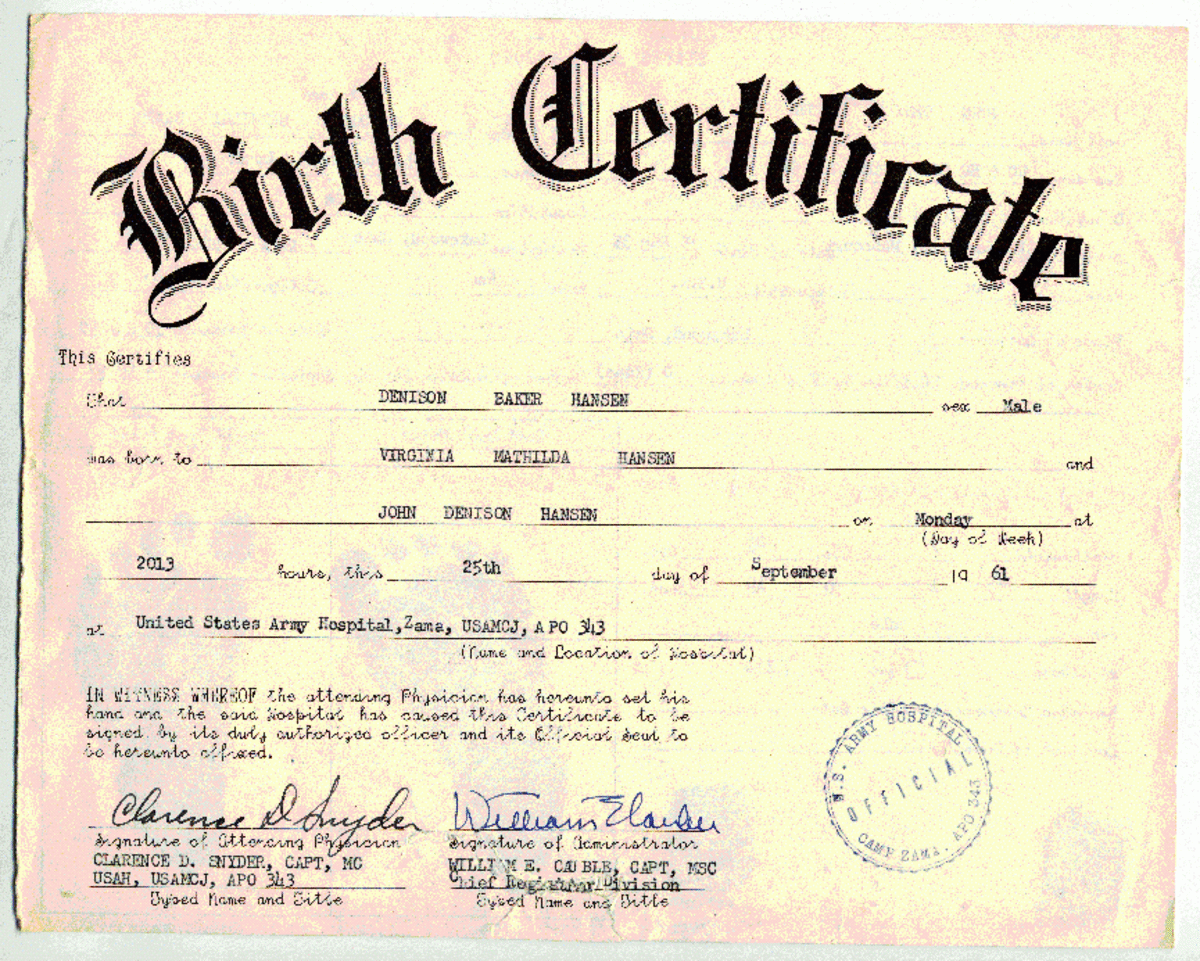CDL General Knowledge Written Exam Study Tips and Tricks

John, a truck driver for fifteen years, received a notice from the DMV stating that he must take the General Knowledge Written Exam in order to renew his license. With all his experience, he, confidently, believed that passing would be a breeze. As a result, he skimmed through his booklet recognizing many procedures that he practiced every day. He thought to himself, “I got this; no problem.” However, when he took the exam, he failed.
How could this be? How could a driver who has been practicing these procedures daily for fifteen years fail the test?
Why People fail the Exam
The reasons vary among drivers. Some fail because they experience test anxiety. They may not be able to get a good night’s sleep the night before which is essential in having a clear mind to comprehend the questions given. When they sit down to take the test their brains freeze. Their nerves may have been bouncing around so much in the morning that they didn’t feel like eating. During the test, hunger sets in disabling the ability for them to concentrate on anything other than wanting to eat something. Some fail because they rush through the exam ignoring words or phrases in the answers such as: before, increase, decrease, all of the above, none of the above, true, or false. If people take their time to decipher what the question asks by breaking down these words or phrases and thinking about their meanings in the question, they increase their chances of passing the exam. For example, if the person driving the vehicle in front of you slows down, should you decrease your following distance? Think about what it means to decrease your following distance...decreasing your following distance means that you decrease the amount of space between you and the vehicle in front of you or you travel closer to the vehicle ahead of you; therefore, you do not want to decrease your following distance. You want to increase your following distance so there is more room between you and the vehicle in front of you in the case of an emergency. Another test question often missed is: if the roads are wet will your stopping distance increase or decrease? In this case, the amount of space it takes you to stop will increase. While some people fail because they miss these seemingly trick questions, others fail due to the inability to read well or comprehend what they have read. Many fail because they are unable to convert their Pre-trip Inspection and driving procedures into the wording that questions on the exams often present. However, most fail because they don’t study according to the way they learn best.
Learning Styles
Some people are visual learners. They learn best when they see their instruction performing its purpose. They may witness real life examples or they may see examples on an instructional video, or through visualization, or through photographs, charts, or diagrams. Other people are audio learners. They learn better if they hear their instructions being spoken. They have keen listening skills. As a result, the parts of each sentence spoken automatically breaks down in their minds and connects an understanding to all subsequent sentences giving them a clear picture of what they should take away from what was said. Still, other people are hands-on learners. This may also be referred to as kinesthetic or tactile. These people learn best while they are performing an act. In many cases, somebody could tell them what to do multiple times but they don't learn the steps until they actually perform them on their own. Most people may have a prominent learning style with aspects of one or both of the other learning styles to enhance their learning skills.
John's Lesson
After John fails the exam for a third time, he has to wait thirty days before he is allowed to take the exam again. He breaks out his CDL Study Guide booklet once again and tries vigorously to concentrate and retain what he reads but to him this is just ink on paper. John is a visual and hands-on learner. He has to see what the study guide lessons mean and he has to act in order to retain the information. In desperation, he visits the library to inquire as to whether they have any instructional videos. They have none on hand. John brainstorms until he comes up with an idea. He calls his boss and asks for permission to practice his pre-trip inspection in the yard. His boss agrees and offers to let him demonstrate pre-trip procedures to Tom, a new student employee who happens to be a visual/audio learner. This win-win-win situation works out perfectly for all involved.
The Best Way to Learn Something is to Teach It
John performs a Pre-trip inspection of the tractor-trailer. He checks all the components of the wheels, lights, air brake system, parking, service, and trailer brakes, as well as, the steering wheel, pedals, horn, and emergency equipment among other things. Tom arrives in the yard. The boss informed them that he needs them to go on a run. John brought along his CDL Study Guide Booklet, his tape recorder, and a pad of paper with a pen. John will test Tom's knowledge. Tom will do the driving. After they introduce themselves, John says to Tom, "Let's get started."
Test Questions and Answers
The answers to questions found on many of the tests are found throughout the story in bold or underlined. If you can visualize these drivers, John and Tom, experiencing this or if you can have somebody record the story so you can listen to it before you go to bed, your chances of remembering the lessons within increase.
The Pre-Trip Inspection
Tom walks to the driver's door and pulls himself in. John walks over to the passenger side and joins him inside the cab. He informs Tom to pretend that he isn't there but to call out his actions as he does them.
Tom: I'm ready to roll. Do you got the keys?
John: Uh, aren't you forgetting something?
Tom: Didn't you already do the Pre-trip?
John: Who's doing the driving? Not me, I'm not even here.
He hands the key over to Tom.
Tom: That's right. I'm driving so I have to inspect the vehicle so I know myself that the vehicle will be safe in traffic. I'm putting the key in my pocket so I can begin my pre-trip.
John: Why are you putting the key in your pocket?
Tom: So nobody can move the vehicle while I am walking around it or underneath it.
John follows Tom as he inspects underneath the hood, around the entire vehicle, and underneath the trailer. He makes sure that he cannot see any light between the fifth wheel and the kingpin indicating that it is safely locked in place. After checking to make sure that the tread depth on the front tires were at least 4/32 of an inch and that the tread depth on all the other tires were at least 2/32 of an inch, he takes a swig of his water and then proceeds. Tom yells out each part that he checks and what it is he checks for. John writes down his answers on his notepads while also recording them. When Tom checks the Hydraulic Brakes for leaks, he pumps the pedal 3 times, applies firm pressure to the pedal and holds it for 5 seconds. John gives him the thumbs up.
Tom: I noticed on the shipping paper, the placard on the vehicle, and the four inch diamond shaped hazardous materials label on the container that this trailer contains Corrosives, I don't have my Haz-Mat endorsement yet. Do you have a Haz-Mat endorsement on your license?
John: Yes, you're okay to drive with Haz-Mat while I'm with you because I do have the Haz-Mat endorsement on my license.
Tom reviews the last vehicle inspection report. He signs it only because defects were noted and certified to be repaired or not needed to be repaired. He checks the GCW, the total weight of a powered unit plus trailer(s) plus cargo against the GCWR, the Gross Combination Weight Rating to ensure that his GCW doesn't exceed the GCWR, the maximum specified by the manufacturer for a specific combination of vehicles plus its load. If he had been driving a single vehicle, the acronym would be GVW, Gross Vehicle Weight which includes the total weight of a single vehicle plus its load and the maximum specified by the manufacturer would coincide as the GVWR to include the single vehicle plus its load manufacturer's rating. He finishes his pre-trip and prepares to head out on the road.
General Knowledge Practice Story
Tom starts out great. He grasps the steering wheel with both hands on opposite sides of the wheel (at the 3 and 9 o'clock positions.) He partly engages the clutch before taking his foot off the brake so the truck won't roll backward. He signals early (at least 100 feet before turning or changing lanes) and continuously to make his turn. When he approaches the corner to turn right off of the two lane, two way street to enter another, he swings wide before making the turn. After he has completed his turn, he remembers to cancel his signal. At the next corner, there are two left hand turn lanes. Tom gets in the right hand turn lane to make his left turn. He notices that the vehicle in front of him has a red triangle with an orange center indicating that it may be a slow moving vehicle.This vehicle turns off and Tom continues down the road. As he comes upon a green light at the next intersection, he is constantly aware of his vehicle's size and weight. As a result, before he starts to cross the road, he makes sure it is possible to clear the intersection before traffic has a chance to reach him. He knows he may need a larger gap than he would need in a car. Large vehicles require slow acceleration and more space. Therefore, the time he has to enter and exit the intersection, as well as, the space he has to be completely through the intersection plays an important role in his thought process.
Weather and Road Conditions
Since it has been hot out all day, Tom pays special attention to his recapped or re-treaded tires by checking them in his mirrors often. He will also stop and inspect his tires every 2 hours or every 100 miles while it is very hot out. Suddenly, the wind picks up and John points out that there is a tunnel ahead. Tom reduces his speed as he knows that winds are especially a problem when coming out of tunnels. After Tom goes through the tunnel, he runs into some rain. While most front wheel skids are caused by driving too fast for conditions, as Tom approaches the next light, he forgets that he shouldn't use his retarder in the rain. After applying his retarder, the drive wheels skid because they have poor traction. He turns his retarder off. In order to correct his drive wheel-braking skid, he stops braking, turns quickly, and counter-steers. Counter-steering is the act of turning the wheel back in the other direction after steering to avoid a traffic emergency. John advises him to make a right turn. Knowing that the road is slippery, Tom makes his turn as gently as possible. He accelerates slowly reducing his speed by 1/3 due to the fact that his stopping distance can double on wet roads. The last thing he wants is for the truck to hydroplane (lose traction with the road) but if that should occur he knows that the first thing he should do is release the accelerator. As the temperature drops, bridges begin to freeze first. Tom feels that the road has become slippery due to a glare of ice. As soon as he can safely do so, he stops driving.
On Road Inspection, Pre-Trip, and Backing
Due to the black ice, Tom pulled off the road. However, he had to pull off for an on-road inspection within the first 25 miles of his trip anyhow and he will have to pull off again 150 miles after or 3 hours after he returns to the road. He checks his cargo doors and/or his cargo. While they are pulled off the road, John takes the opportunity to go over some things with Tom.
John: You are doing great, Tom. You handled that skid perfectly. Let's go over some other skidding situations. Can you tell me some other reasons a vehicle might skid?
Tom: Turning too sharply; over acceleration; and not enough weight on the front axle.
John: Very good. If you experience a rear-wheel over acceleration skid, what should you do?
Tom: Release the accelerator and depress the clutch.
John: Excellent. In reference to leaf springs, what amount of missing leaves will cause the vehicle to be put out of service?
Tom: 1/4th or more.
John: Great. Is it okay for the vehicle to have mismatched tires of different sizes?
Tom: No, vehicles should have matching tires of the same size.
John: Another pre-trip question. Should brake pads and shoes have oil or grease on them?
Tom: No.
John: Great job, Champ. You are really doing wonderfully. Well, we better hit the road. Looks like someone blocked you in. You're gonna have to back out. You know it's always best to avoid backing whenever you can. Have you ever had to back out yet?
Tom: Only on the course. What signals do you use?
John puts his hand up in front of him a little above his head with his fingers outstretched.
John: This is my signal for stop. That's the most important hand signal. And, here's my signal for back it up. Just remember to make small moves and back toward the driver's side and you'll do just fine.
John motions with his arm by putting it out and pulling it toward him.
John: Do you know what a pull-up is?
Tom: That's when backing a trailer, you might need to pull forward to reposition your vehicle.
John: You're absolutely right and the reason you need a helper is because there are blind spots you can't see.
Tom: Alright, here goes.
John goes out to the rear of the trailer and out toward the driver's side and signals to Tom to move back.
John: I think we covered enough for one day. The next time we do this we'll go over braking, shifting, speed management, wheel spins and locks, emergencies and emergency equipment, and tire failure. There's still a lot more to learn but you'll pick it up little by little. It was great riding with you.
Tom: Yeah, you taught me so much. I appreciate all the instructions you gave me.
They drive back to their destination and make plans with the boss to try to get together again in a week.





